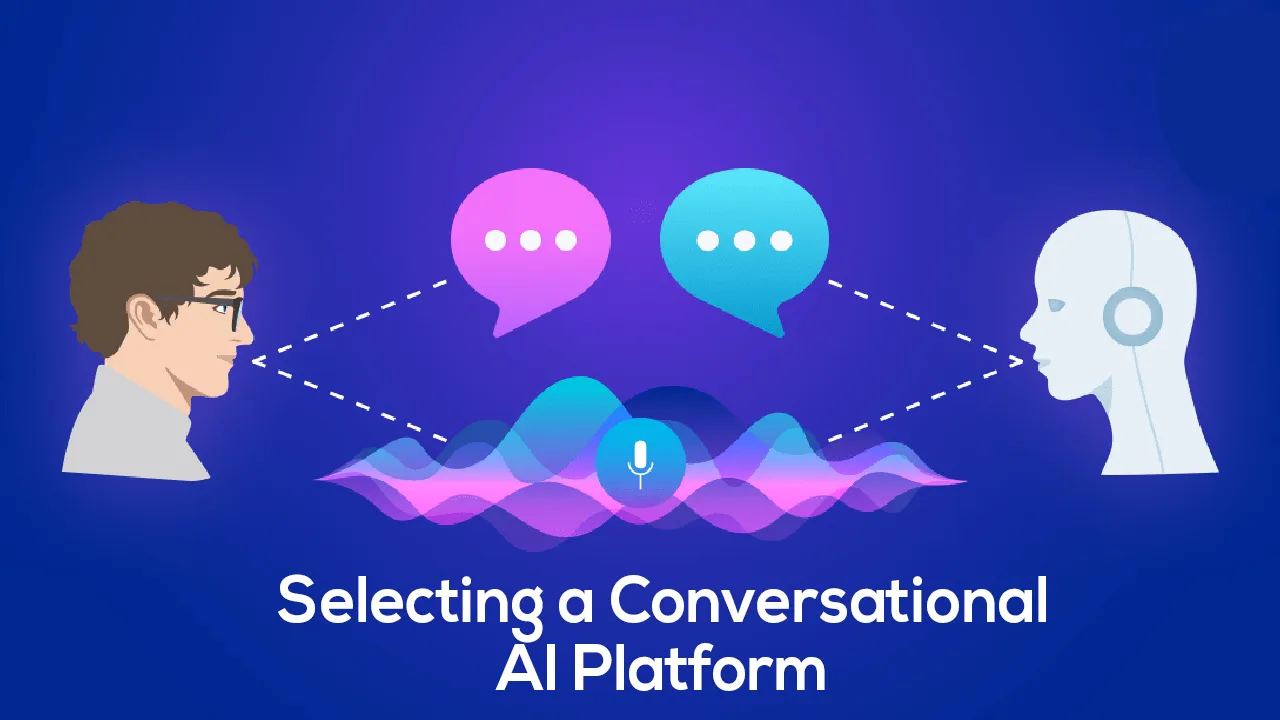Businesses are quickly acknowledging the importance of Conversational AI (CAI) to increase their customer engagement and revenues. The question is no longer whether to deploy CAI, but rather which platform to use and how to leverage its capabilities.
In this series, Daniel Eriksson, Chief Innovation and Customer Success Officer at Artificial Solutions, gives insight on important aspects of a conversational AI platform that buyers often overlook. For example: what does language support really mean? What is localization? How do different deployment models impact the TCO? And maybe most importantly, how can the CAI platform not only help me during the first development sprints, but across the entire bot lifecycle?
Making Bot Developers More Productive
During the last six months, I’ve had a lot of conversations with companies (clients) and system integrators (partners) who have been building conversational bots. I’ve spoken with conversational bot developers, data linguistics reps, integration engineers, conversational designers, project managers, senior stakeholders, product owners, and many more.
At the same time, I’ve talked to existing, new, prospective, and former clients. These talks included people who had ambitious plans and succeeded and others who have had plans where they have struggled to generate impact.
Four Perspectives to Consider When Selecting your Conversational AI Platform
Select a Tool Your Development Team Can Grow With
See past the buzz-words like “awareness”, “understanding”, and “self-learning”.
Conversational AI is a fascinating space and still holds a lot of potential that is yet to be explored. Yet most companies who have experience of CAI tooling will tell you it’s all about engineering, and actually has a lot of resemblance to regular software or process flow development instead of being something ground-breaking new.
Sure, there are some terminologies both useful and specific for the space, like “intent recognition”, “entities”, and “context”. These words are related to the Natural Language Understanding (NLU) part of a conversational bot.
Find a Balance Between Pure Coding and Drag-and-Drop
Have you ever heard about low-code or no-code? In short, those concepts describe a user interface where a developer can configure or graphically design a process instead of having to write programming code. It is a great way to visualize how a program is executed and can be a quick way to build some things rapidly. Here comes the tricky part — for an effective Conversational AI solution with some ambition, you will still need to code. Your team will need to write code in some scripting language. If not, you will not be able to do the things you expect a bot to do. Do not shy away from this fact, as scripting and coding are super important to make a bot great. So, when you look at a toolset, evaluate it from the standpoint “how will the coding part work?”
Consider Possible Future Limitations
There is a lot of CAI tooling in the market today available to developers. Your job is to make sure that you don’t select tooling that is quick to build only the first MVP but also is useful for every new generation of your bot. When your ambitions grow, and your insights on how you can deliver a better bot user experience start to develop, you might realize that the tool you chose is holding you back.
#ai #artificial intelligence #natural language processing #conversational ai #ai platform #platform
